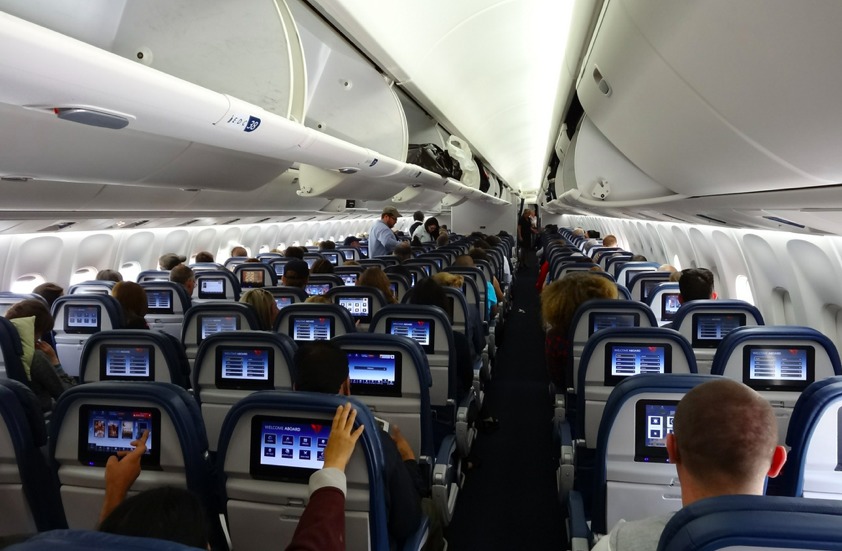With benchmark oil prices trading below $50 a barrel amid a supply glut and slower global economic growth, energy producers are in a world of pain.
Not so are big consumers like airline carriers, whose business prospects have rarely looked better.

Jet fuel is the biggest fixed costs airlines face, and explains in large part why the industry is one of the most volatile in the business world
Now, the global oil slump could generate a windfall of $12 billion in 2014, powering earnings and share appreciation in the coming months.
Profit surge
In December, the International Air Transport Association (IATA), the trade group for the world’s major airlines, forecast the industry would earn $19 billion in 2014 and $25 billion this year.
That’s a 25% earnings jump.
The current cycle of ultra-low oil prices is far different than the last time energy prices collapsed during the 2008 and 2009 financial crisis.
Back then, with the global economy reeling, airlines had to discount like crazy to fill seats. That hasn’t been an issue so far given that passenger traffic is at far healthier levels.
Consolidation
Secondly, the industry has undergone a massive consolidation.
Northwest was acquired by Delta Air Lines (DAL) in 2008. Two years later, United (UAL) teamed up with Continental. In 2013, American Airlines (AAL) took over US Airways.
As a result, these three carriers plus Southwest Airlines (LUV) control 85% of the U.S. market. Back in 2000, nine carriers split that business.
Though the profit dynamics are stronger, the earnings recovery is vulnerable to shocks in the global economy.
As IATA CEO Tony Tyler pointed out last month:
“While we see airlines making $25 billion in 2015, it is important to remember that this is still just a 3.2% net profit margin. The industry story is largely positive, but there are a number of risks in today’s global environment—political unrest, conflicts, and some weak regional economies- among them. And a 3.2% net profit margin does not leave much room for a deterioration in the external environment before profits are hit.”
Upside
Airline stocks staged a big rally back in the last quarter of 2014. So the big question for investors is whether all the good news is already priced in.
Airline analysts tracked by Bloomberg still have 12-month price targets on airline stocks that suggest double digit future gains for UAL (11%), Southwest (17%) and Delta (24%).
On Jan. 5, Zacks Investment Research published a research note singling out the profit potential and upside share appreciation of four carriers: Hawaiian Air (HA), Southwest, United Continental and Delta.
Takeaway
With their boom and bust history, airline stocks have always been best-suited to investors with an iron caste stomach for risk.
However, the profit windfall from lower jet fuel prices, solid passenger traffic and industry consolidation have made these companies attractive to investors once more.
Save a big unexpected shock to the world economy in 2015, airline investors may have reason to smile in the months ahead.
Photo Credit: Eric Salard via Flickr Creative Commons
DISCLAIMER: The investments discussed are held in client accounts as of December 31, 2014. These investments may or may not be currently held in client accounts. The reader should not assume that any investments identified were or will be profitable or that any investment recommendations or investment decisions we make in the future will be profitable. Past performance is no guarantee of future results.




